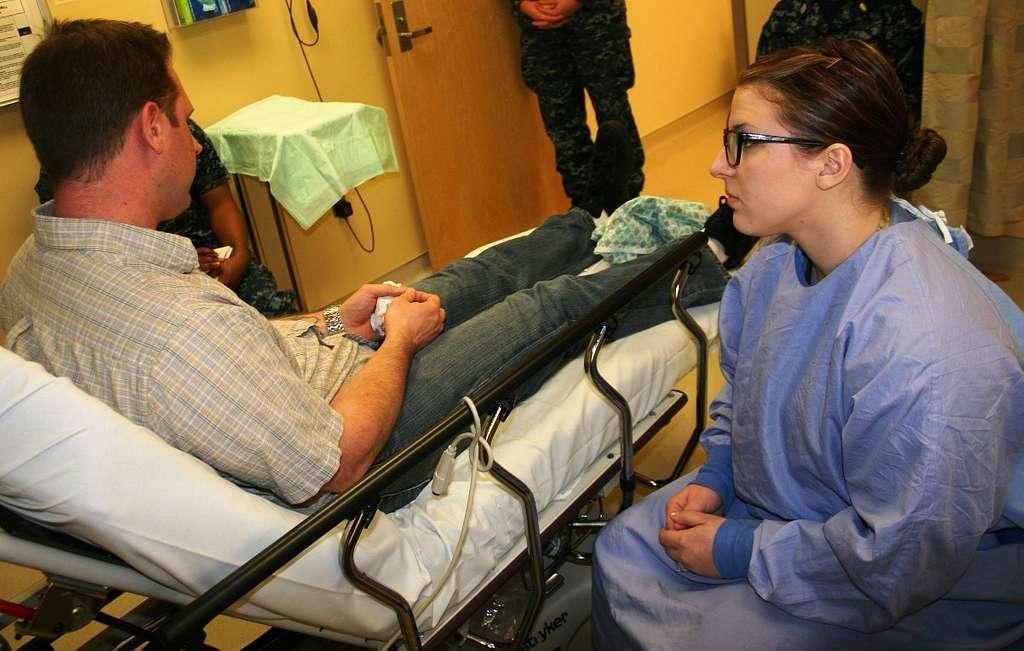In the intricate web of estate planning, navigating the transfer of assets from a trust after the passing of the grantor can pose a complex challenge. Understanding the intricate process of transferring a house from a trust after death requires a keen grasp of legal nuances and meticulous attention to detail. As experienced practitioners in the field of estate law, Morgan Legal Group is well-versed in guiding our clients through this intricate process with precision and expertise. Join us as we delve into the intricacies of transferring a house from a trust after death, unraveling the complex tapestry of legal requirements and practical considerations that govern this crucial aspect of estate administration.
Initiating the Process of Transferring Real Property from a Trust Following the Grantor’s Passing
After the passing of the grantor, transferring real property from a trust can be a complex process that requires careful attention to legal details. One of the first steps in initiating this process is to review the terms of the trust document to understand the specific provisions regarding the distribution of assets, including real property. This will help determine the proper procedures to follow and ensure compliance with the grantor’s wishes.
Next, it is important to obtain a certified copy of the grantor’s death certificate and notify all interested parties of the grantor’s passing. This includes beneficiaries, co-trustees, and any other relevant individuals or entities involved in the trust. Additionally, it may be necessary to file certain documents with the probate court, depending on the jurisdiction and the specific circumstances of the trust. Working with an experienced estate planning attorney can help navigate the legal requirements and facilitate a smooth transfer of real property from the trust.

Navigating the Legalities: Understanding the Trust or Will Provisions Governing the Transfer of Real Estate
When it comes to transferring real estate from a trust after the death of the grantor, there are specific provisions that govern this process. Understanding these legalities is crucial to ensure a seamless transfer of property ownership. Here are the key steps to follow:
- Review the Trust Document: The first step is to carefully review the trust document to understand the provisions regarding the transfer of real estate.
- Get Legal Assistance: It is advisable to seek the assistance of an experienced estate planning attorney to guide you through the legal process.
- Obtain a Certified Copy of the Death Certificate: This document will be needed to prove the death of the grantor.
- Transfer Ownership: The trustee who is appointed in the trust document will need to transfer ownership of the property to the beneficiaries as per the trust provisions.
| Trust Provision: | Transfer of Real Estate |
| Beneficiaries: | John Smith, Mary Johnson |
By following these steps and ensuring compliance with the trust provisions, you can successfully transfer a house from a trust after the grantor’s death. For expert legal guidance and assistance with estate planning, probate, and trusts, contact Morgan Legal Group in New York City.

Executing the Transfer: Ensuring Compliance with State Laws and Proper Documentation
In order to transfer a house from a trust after death, it is crucial to ensure compliance with state laws and proper documentation. Failure to do so can lead to complications and delays in the transfer process. One of the first steps is to review the terms of the trust to determine how the property is to be distributed. This can involve identifying the beneficiaries, understanding any special instructions or conditions, and confirming the authority of the trustee to carry out the transfer.
Once the terms of the trust have been established, it is important to follow the appropriate legal procedures for transferring real estate. This can include obtaining a certified copy of the trust document, preparing a deed to transfer the property from the trust to the beneficiaries, and filing the necessary paperwork with the appropriate state and local authorities. By ensuring compliance with state laws and having proper documentation in place, you can help facilitate a smooth and efficient transfer of the house from the trust to the intended beneficiaries.
Seeking Professional Guidance: Consulting with Experienced Estate Planning Attorneys for Seamless Transfer Process
When it comes to transferring a house from a trust after death, seeking professional guidance is essential to ensure a seamless process. Consulting with experienced estate planning attorneys can help navigate the complexities of transferring property ownership and ensure that your wishes are carried out effectively.
During the transfer process, skilled attorneys can assist in navigating legal requirements, minimizing tax implications, and protecting your assets. With their in-depth knowledge of estate planning laws, they can provide personalized solutions tailored to your unique situation. By working with a trusted legal advisor, you can gain peace of mind knowing that your property transfer is handled efficiently and effectively.
Q&A
Q: What happens to a house held in a trust after the trustee passes away?
A: When the trustee of a trust passes away, the house held in the trust does not automatically transfer to the beneficiaries.
Q: How can a house be transferred from a trust after the trustee’s death?
A: In order to transfer a house from a trust after the trustee’s death, the successor trustee will need to follow certain legal procedures.
Q: What are the steps involved in transferring a house from a trust after the trustee’s death?
A: The first step is for the successor trustee to obtain a copy of the trust document and review it to understand the specific instructions regarding the transfer of the house.
Q: Are there any taxes or fees involved in transferring a house from a trust after the trustee’s death?
A: There may be taxes or fees involved in transferring a house from a trust after the trustee’s death, depending on the value of the property and the laws in the jurisdiction where the trust is located.
Q: How long does it typically take to transfer a house from a trust after the trustee’s death?
A: The time it takes to transfer a house from a trust after the trustee’s death can vary depending on the complexity of the trust and any legal requirements that must be met.
Q: Are there any potential challenges or obstacles in transferring a house from a trust after the trustee’s death?
A: Some potential challenges or obstacles in transferring a house from a trust after the trustee’s death may include disputes among beneficiaries, unclear instructions in the trust document, or issues with the title of the property.
Q: Is it possible to transfer a house from a trust after the trustee’s death without the assistance of a legal professional?
A: While it is possible to transfer a house from a trust after the trustee’s death without the assistance of a legal professional, it is generally recommended to seek the guidance of an experienced estate planning attorney to ensure that the transfer is handled properly and in compliance with all legal requirements.
In Summary
In conclusion, transferring a house from a trust after death can be a complex and overwhelming process. It is important to seek guidance from legal professionals to ensure the smooth and proper transition of ownership. By understanding the necessary steps and following the legal protocols, you can honor the wishes of the deceased and protect the integrity of their estate. Remember, each situation is unique, so it’s crucial to approach the process with patience, diligence, and respect. Ultimately, with the right support and resources, you can navigate this challenging endeavor and uphold the legacy of your loved one.







